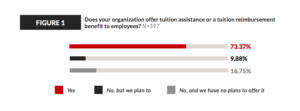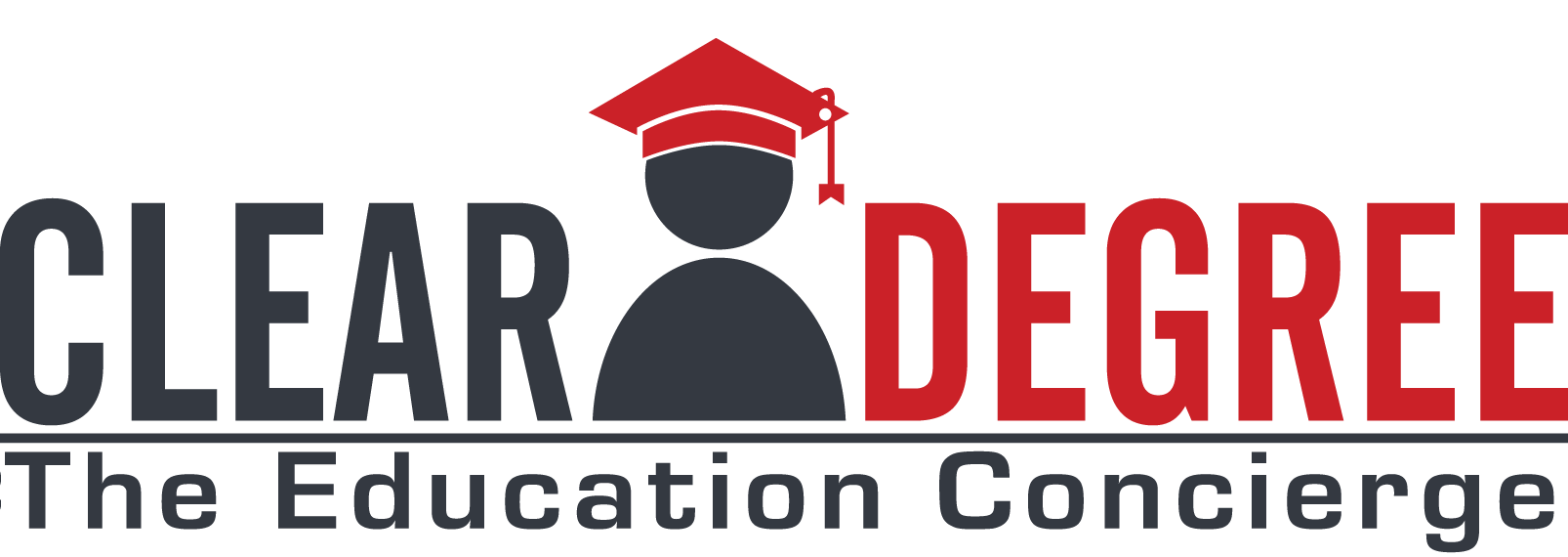What 600 Surveyed Companies Think About Tuition Assistance

Because of the sample size (nearly 600 respondents), this report is worth digging into and understanding how the numbers reflect the trends and opportunities for tuition assistance programs. (Note that I have no relationship in any way with the survey developers or sponsors.)

It’s used far less than companies would like. As with other surveys, this survery indicates that companies offering a TAP aren’t getting the engagement they would like. Over 57% feel their tuition assistance programs are “underutilized” while less than 2% feel it’s “overutilized”! The reality is that the usage rate by employees is typically FAR less than their actual “need” rate, and is likely a result of poor communication, poor or complex policies or simply a lack of support beyond the enrollment paperwork.
Companies are using it primarily to keep and grow talent. The top three reasons that companies are using TA are for talent development for mid-level roles, increasing skill sets and driving retention. Basically companies are using TAPs to “grow their own”, seeing cost savings and productivity increases by using education/training to increase the ROI of their human capital.
The majority are satisfied with how they measure TAPs, but there is room to grow. Over 68% of respondents are satisfied with the measurement of the business impact of their TAP. That still leaves over 30% that are seeking stronger KPIs to know if their investment is making sense. There are a number productivity measures that are available, some of which, like measuring the % of an employee’s total education cost that is being covered by TAP, are counterintuitve. But keep in mind that the impact is at both the company and employee level. Most importantly it has to start with ensuring employees have options that are based on their profile to ensure their engagement and completion.
There are other metrics reviewed in the survey, but these tell the overall story. Tuition assistance is a popular option that has a ton of untapped potential. As companies get smarter with how they engage employees in TAP opportunities, the ROI can grow substantially.
The full survey is available here.
Do you fall in the category of wanting greater utilization from your tuition assistance program? See how an interactive, personalized approach can turn your TAP from a form into a strategy.
